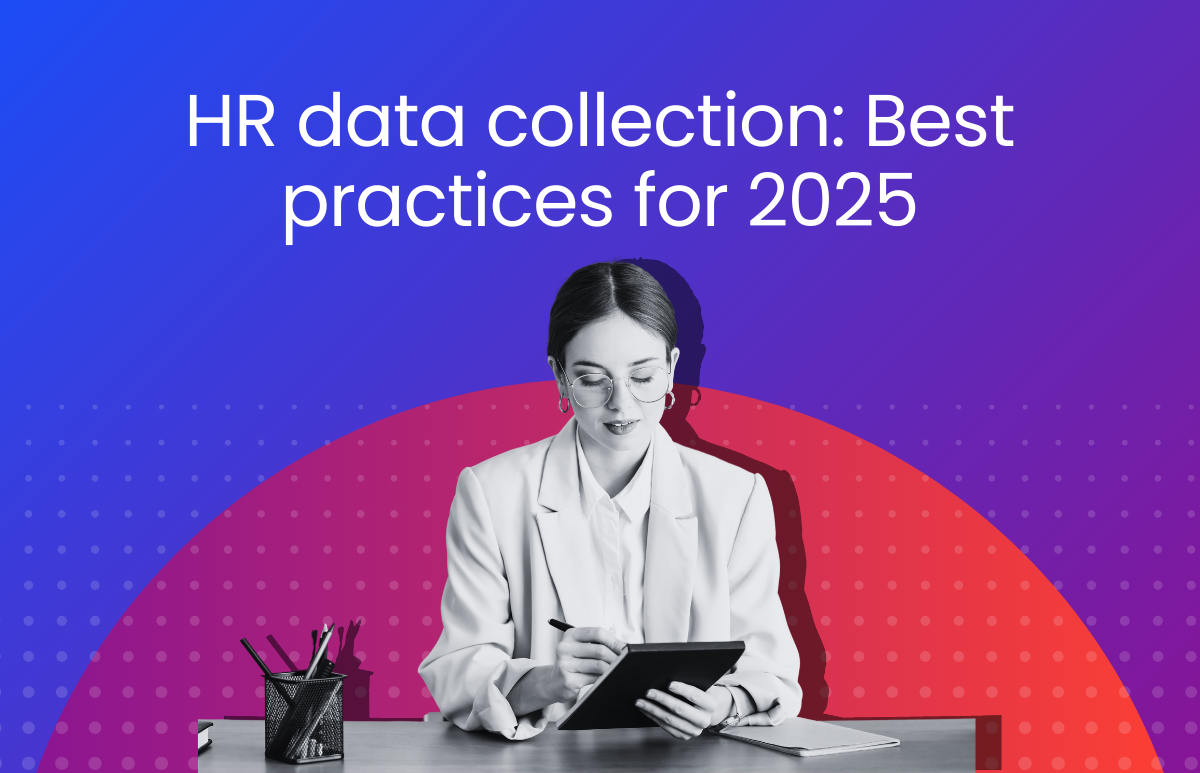Communication 101: How to Win C-Suite Support in Closing the Gender Pay Gap
Communicating with the upper echelons of corporate leadership can be an intimidating prospect for many HR professionals.

But learning the skills you need to engage the executive team effectively can help you obtain their critical support on important business initiatives, such as closing the gender pay gap.
Gaining the attention and support of top-level executives requires careful planning and strategic execution. In this blog, we’ll explore communication strategies and tips for HR professionals when planning your conversation with the C-suite executives to make yourself heard in the most impactful way possible.
Preparing for your conversation
Before any conversation, your best asset is always research, data and information. Make sure your agenda is prepared in advance to help you smoothly handle any questions – which the executives will most definitely have.
A good place to start your research is the Workplace Gender Equality Agency (WGEA) website, which has some fantastic resources that can help you, including the latest statistics and figures on gender equality around Australia. In New Zealand, Manatū Wāhine Ministry for Women website features a range of useful tools, data and information on gender equality you can utilise.
It’s also important to establish clear goals and objectives for yourself and what you need to convey during this conversation. This will help you stay on track and make sure that your message hits home.
In addition, it’s critical to remember who your audience is so you can tailor your message accordingly. You need to be able to put yourself in the shoes of the C-suite so you can understand their perspective and their concerns.
Remember, your message is going to be more effective if you can pinpoint the facts that matter most to the executives. For instance, the CFO is likely to prioritise the economic impact of closing the pay gap and the potential financial risks of inaction – so you would want to focus on the financial benefits of narrowing the gender pay gap.
On the other hand, the CEO may be more concerned with the organisation’s reputation and market position. In this case, you could highlight how an inclusive workplace with a narrow gender wage gap could boost the company’s image and help to attract and retain top talent.
Choosing how to frame the discussion
Framing a conversation is about bringing attention to an issue and ensuring that you present it in a way that allows you to influence how others see it. Ask yourself: What do you want to express in this conversation? Why do you believe it’s important? And what is your hope for the outcome?
Undertaking research and gathering data will help you understand how you’re going to frame your conversation with the executives. And framing your conversation clearly and accurately will help you get your message across. It will also allow you to set a positive and collaborative tone when you kick things off.
As well as looking at data-driven insights and information on gender equality in the workplace, you may want to investigate your company’s goals. These business goals could help you frame your conversation.
For example, your organisation’s main goal might be: ‘Increasing revenue to become profitable within three years’. You could tie the gender pay gap back to this goal by citing research that proves the link between profitability and gender representation in senior roles. This can help put the gender pay gap into the context of your organisation, as well as demonstrate to the C-suite how it affects the company’s strategic goals.

Building a compelling business case
The purpose of a business case is to justify initiating a new project, investment or change within an organisation. An effective business case will be able to clearly outline the potential benefits, costs and risks of a proposed initiative.
When you begin building your business case, the key is to centre it around data-driven insights and hard numbers. But data can’t always speak for itself – you need to be able to use this data to create a compelling story that gives people a reason to care. You could achieve this by finding industry benchmarks from organisations within the same industry to support your arguments, while highlighting successful case studies and initiatives from other organisations that support gender equality. Then, tie it all back to your company’s goals, vision and purpose.
Providing solutions and strategies
When presenting a problem, it’s always best practice to have a solution ready to combat it, especially when you’re dealing with the C-suite. Remember, these are people who have heavy demands on their time and are expected to make decisions that affect the entire company.
When you’re making your business case, you need to also be able to present actionable steps to address the gender pay gap – such as proposing inclusive compensation practices and policies.
Ultimately, the solutions you offer will be influenced by where the gender pay gap is coming from in your company.
For example, let’s say that your data conclusively shows that training and development opportunities are more frequently offered to men, resulting in a male-dominated leadership team. One possible solution to this problem could be to propose an inclusive hire and promote process that actively encourages women to upskill and grow their careers within the company. This could help to advance more women into senior positions, increasing the company’s average salary for female employees and narrowing the gender pay gap. You could also reference studies and statistics that highlight the potential financial and reputational benefits of addressing the gender pay gap.
Keeping the momentum going
How many projects have you been a part of that hit a wall and then seemed to disappear from the radar? To keep the momentum going to close the gender pay gap within your organisation, there are a few steps you can take:
Overcoming resistance and obstacles
Talking about pay equity can be a difficult conversation to have, so be prepared to face obstacles and resistance. But while imperative to recognise and address these concerns, don’t allow them to sidetrack you. By anticipating common objections and preparing counterarguments in advance, you’ll be well-prepared to assuage any fears or misconceptions surrounding pay equity.
Driving collaboration and accountability
With any large-scale project, it’s important to get everyone on board to foster a culture of collaboration and accomplishment. Establishing metrics and benchmarks to measure progress will help you to accurately gauge the company’s progress, and it will also help to keep individuals accountable. If you notice that the project is lagging, then this will also allow you to drill into the data and fix issues at the source.
Continuing the conversation and celebrating success
employees, keep them focused on the overarching goal, and build a culture of success and achievement. It will also help to keep the conversation top of mind for everyone, ensuring that the initiative doesn’t lose momentum.
How technology can help you close the gender pay gap
When tackling the gender pay gap, gathering empirical evidence will allow you to highlight the lived experiences and challenges faced by women in the workplace. To drive these realities home, data and hard numbers can act as foundations that support these important conversations.
The right HRIS can help you to gather the relevant data within your organisation to present to the C-suite executives as part of your research. Technology can also be used to build and implement inclusive business policies that are free from gender bias.
By using data to bring these stories to light, you can engage the C-suite and gain their support in closing the gender pay gap within your organisation.
Want to keep up-to-date with ELMO’s content? Subscribe to our newsletter for first-look access to our free research, blogs, and resources.
 HR Core
HR Core 









